Vijayanagara, in present day Karnataka, served as a capital (from c. 1350 to 1565) of a large kingdom whose rulers consciously promoted religion and culture. This volume comprises a number of hitherto unpublished papers, based primarily on archaeological sources, dealing with varied aspects of Vijayanagara. Archaeology, architectural history, sculpture, religion, and social life. A detailed study is presented of the opening up of Hampi-Vijayanagara as a major archaeological site in the sub-continent in the twentieth century, of the evolution of the city and of its temple architectural styles. Among the religious cults and traditions examined are those of Virupaksa, the patronal God of the city, of the folk-deity Mailara, the fertility Goddess Lajja-Gauri, and the worship of the alvars and accaryas. The practice of sati is examined exhaustively. Small temples, not studied earlier, such as those of Prata Vitthala and Harihara, as well as certain architectural innovations are also taken up for analysis. Various themes present in Vijayanagara sculpture find their place in this selection. Dance and music in the city and certain facets of the preparation and distribution of food are also discussed. The book concludes with a paper on how the river Tungabhadra was crossed at the site. Richly illustrated, with a wide selection of line drawings, maps, and photographs, this volume will be of immense value to students of medieval Indian history, archaeology, and scholars of art, architecture, religion, and culture.
Archaeology, Art and Religion: New Perspectives on Vijayanagara
In stock
Free & Quick Delivery Worldwide
reviews
Bibliographic information
Title
Archaeology, Art and Religion: New Perspectives on Vijayanagara
Author
Edition
2nd ed.
Publisher
ISBN
0195648900
Length
xx+342p., Plates; Appendix; Bibliography, Glossary; Index; 22cm.
Subjects

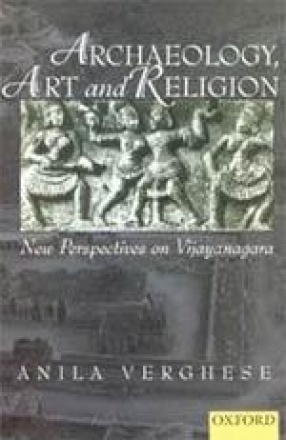
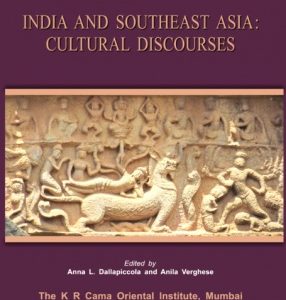
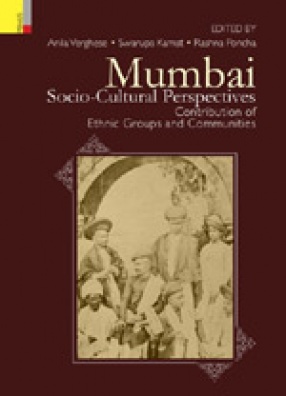

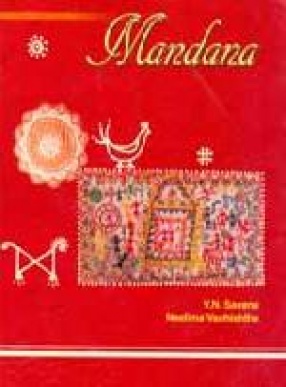
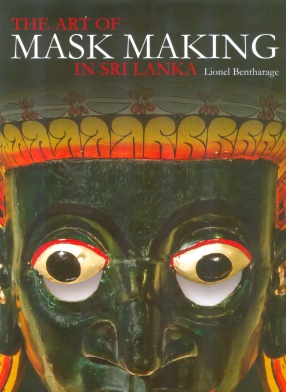

There are no reviews yet.